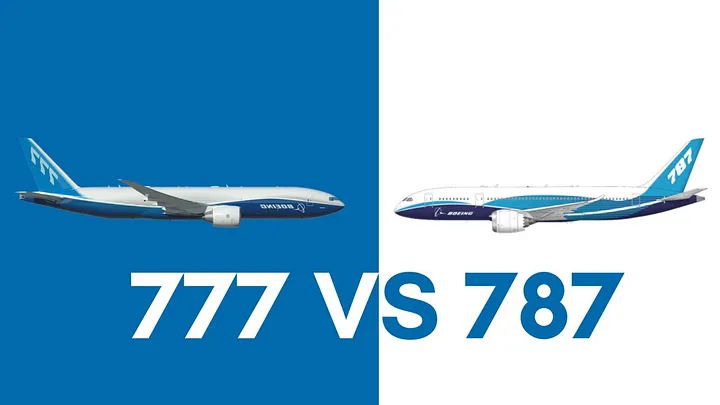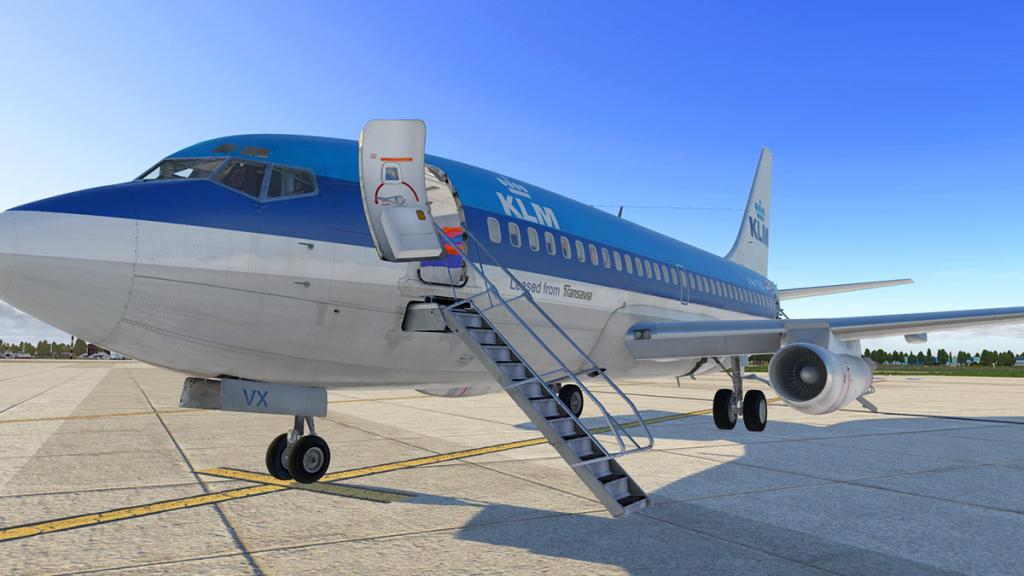Comparing Boeing’s Giants: 777 vs 787 Twinjet Showdown
The aviation industry has long been dominated by a few key players, with Boeing standing out as a premier manufacturer of commercial aircraft. Among its fleet, the Boeing 777 and 787 Dreamliner are often heralded as engineering marvels, each boasting its own set of unique features and capabilities. As airlines around the world continue to seek the best in performance, efficiency, and passenger comfort, comparing these two giants provides insight into how Boeing has shaped the skies. This analysis delves into the key differences and similarities between the 777 and 787, examining their impact on the aviation landscape.
Boeing’s Behemoths: The 777 vs 787 Face-Off

The Boeing 777, often referred to as the “Triple Seven,” has been a dominant force in the long-haul market since its introduction in the mid-1990s. Renowned for its large passenger capacity, reliability, and range, the 777 became a favorite for airlines operating transcontinental and intercontinental flights. With its wide-body design and powerful engines, the 777 set new standards for efficiency and comfort in its class, making it a staple for major airlines worldwide. Its versatile range of models, including the 777-200 and 777-300 variants, allowed carriers to tailor their fleet to specific route demands.
In contrast, the Boeing 787 Dreamliner, introduced in the early 2010s, represents a leap forward in aviation technology and passenger experience. The 787 is celebrated for its cutting-edge materials, such as the extensive use of composite fibers, which contribute to its lighter weight and increased fuel efficiency. Additionally, the Dreamliner’s cabin is designed with passenger comfort in mind, featuring larger windows, improved air quality, and lower cabin altitude, all of which enhance the flying experience. The 787’s focus on fuel economy and passenger comfort has made it a popular choice for airlines seeking to optimize efficiency on both short and long-haul routes.
While both aircraft are twin-engine, wide-body jets, they serve slightly different market needs and operational niches. The 777 continues to be a powerhouse for high-capacity routes, whereas the 787 is engineered for flexibility and efficiency, allowing airlines to open new routes with lower demand yet requiring longer range. The strategic differences in design and application highlight Boeing’s approach to catering to diverse airline strategies, ensuring both the 777 and 787 remain integral components of modern aviation fleets.
Twinjet Titans: A Detailed Performance Analysis

When it comes to performance, the Boeing 777 and 787 exhibit distinct qualities that set them apart in their respective niches. The 777’s larger size and design make it a natural fit for high-demand routes. Its robust engine performance allows it to carry more passengers and cargo over long distances without sacrificing efficiency. The 777-300ER, for example, is one of the most fuel-efficient aircraft in its class, offering airlines greater capacity while maintaining operational cost-effectiveness.
The 787 Dreamliner distinguishes itself with its fuel efficiency and environmental advancements. The use of advanced composite materials results in a lighter airframe, significantly reducing fuel consumption compared to traditional aluminum-based aircraft. This efficiency translates to lower operating costs and reduced emissions, making the 787 an attractive option for environmentally conscious airlines. Additionally, its range capabilities allow airlines to explore new, less trafficked routes, providing direct flights between cities that previously required stopovers.
In terms of technological advancements, both the 777 and 787 incorporate state-of-the-art avionics and flight control systems. The 787, however, includes more modern features, such as advanced data systems that enable predictive maintenance and enhanced pilot interfaces. These enhancements contribute to higher dispatch reliability and improved overall operational efficiency. Despite their differences, both aircraft exemplify Boeing’s commitment to innovation, blending performance with sustainability to meet the evolving needs of airlines and passengers alike.
In the showdown between Boeing’s 777 and 787, the distinction lies in their purpose-driven designs and the roles they play in modern aviation. The 777 remains a workhorse for routes requiring maximum capacity, while the 787 caters to the demand for efficiency and comfort on both established and emerging routes. As the aviation industry continues to evolve, these twinjet titans exemplify Boeing’s ability to adapt and innovate, ensuring their relevance and appeal to airlines worldwide. Whether it’s the established reliability of the 777 or the forward-thinking design of the 787, both aircraft represent the pinnacle of engineering prowess and strategic vision, shaping the future of air travel.



